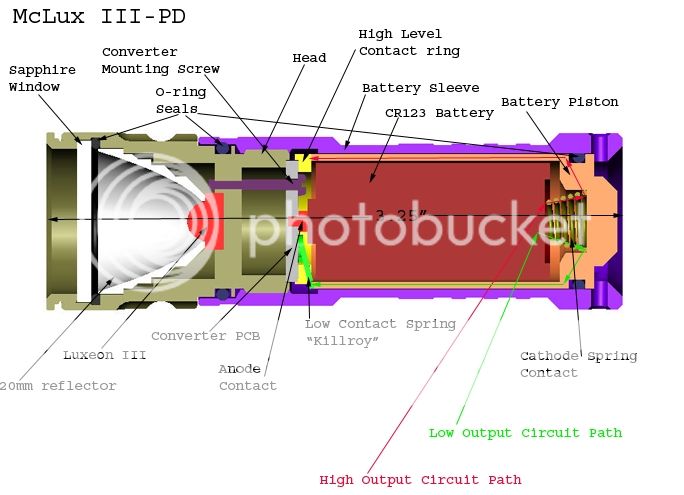I am curious as to why some knowledgable people consider certain lights by McGizmo, Mr. Bulk and other modders to be the most technologically advanced, highest quality, most useful, best lights in the world while other knowledgable people consider them to be far from this. So, I'm starting this thread to provoke a purely intellectual, engineering and technology oriented lively scientific debate on why these lights are or are not among the best. I want this to be in the spirit of those debates by great minds the likes of Hawking, Einstein, Newton, Plato etc...i.e. a cordial yet lively debate in search of the pure, scientific, provable truth.
Let me say that I am simply curious and want to know only the cold hard scientific facts, no holds barred but also no irrelevant or personal info. Other than a FFII, I do not own, nor have I ever even seen in person, a Mr.Bulk, McGizmo, or any other modder's light so I have no preconceived preferences.
I invite those with the scientific and engineering knowledge neccessary to participate in a debate such as this to please do so, and perhaps the CPF community as whole will benefit from the information gleaned from this thread.
Let me say that I am simply curious and want to know only the cold hard scientific facts, no holds barred but also no irrelevant or personal info. Other than a FFII, I do not own, nor have I ever even seen in person, a Mr.Bulk, McGizmo, or any other modder's light so I have no preconceived preferences.
I invite those with the scientific and engineering knowledge neccessary to participate in a debate such as this to please do so, and perhaps the CPF community as whole will benefit from the information gleaned from this thread.


